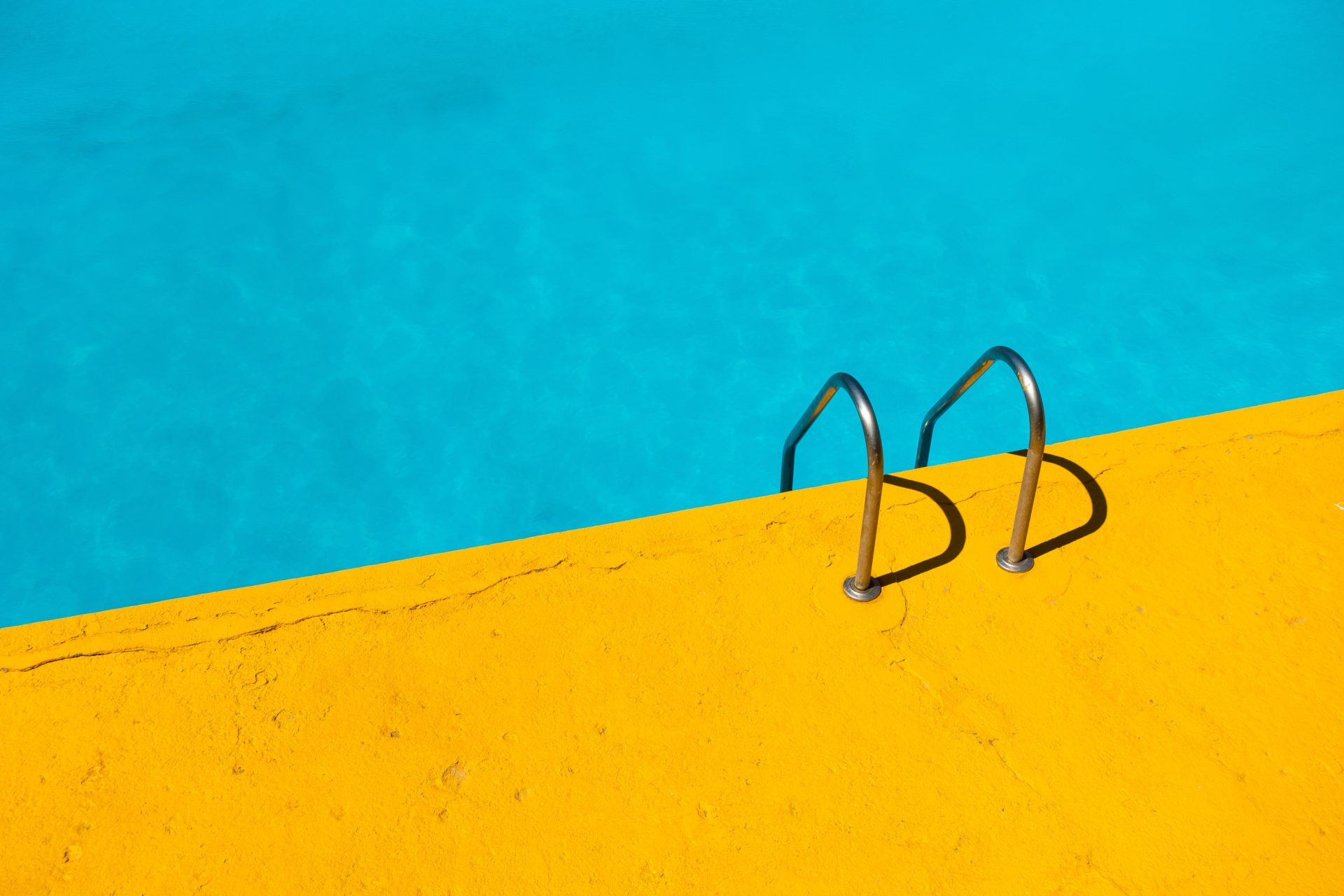How to Winterize a Pool
Winterizing is especially important if you live in an area where temperatures drop close to or below freezing for the majority of the winter season.
Sorry, summer lovers, it's over. The seasons have officially changed and gone are those lazy days lounging by the pool. It's time to pull out the coats and sweaters, and, if you're a pool owner, it's also time to protect your pool from the colder temps. If you're unsure where to start, we're offering tips here on how to winterize a pool.
How to winterize a pool
As a general rule of thumb, the best time to start the winterization process is when the weather consistently stays below 65°F (18°C). When you're ready to winterize, follow these steps:
- Clean it out
Before you close down for the season, deep clean your pool. Vacuum it thoroughly, scrub the walls, skim the surface, remove and clean all filters, drain booster pumps, chlorinators and clean any other component your pool may use.
- Check your levels
To prevent stains, scaling and algae growth, adjust your pH between 7.2. – 7.8, and your alkalinity should ideally be at 125 parts per million (ppm). Consider maintaining your calcium hardness is between 175 – 225 ppm and chlorine is between 1 – 3 ppm.
- Add winterizing chemicals
You could opt for a winterize pool kit, which includes "the works" of several chemicals to close your pool. However, many keep it simple and just use one chemical (algaecide) to protect their pool in the winter. Whether your use a kit or not, be sure to follow the instructions and use the chemicals properly. Should you run into issues during the process, contact a pool specialist for guidance.

- Lower the water
Lower the water level so that your cover will fit on top of it. (You have a cover, right? If not, you need one.) Depending on the type of pool cover you have, you may need to lower the water by a few inches to a couple of feet. A quality pool cover will withstand water, weather and pool chemicals. Be sure the cover is tightly secured enough to keep out foliage and airborne dust.
- Power it down
Once your pool is cleaned, prepped and sealed, shut down any tools connected and be sure to clear your pool timer. Clearing your timer fully ensures your pool doesn't run again, even if the power is restored. If it runs with winterization chemicals in it, it could damage your pool.
Saying goodbye to summer isn't always fun, but if you close your pool properly, it will be ready for another round of lazy summer days next year.



